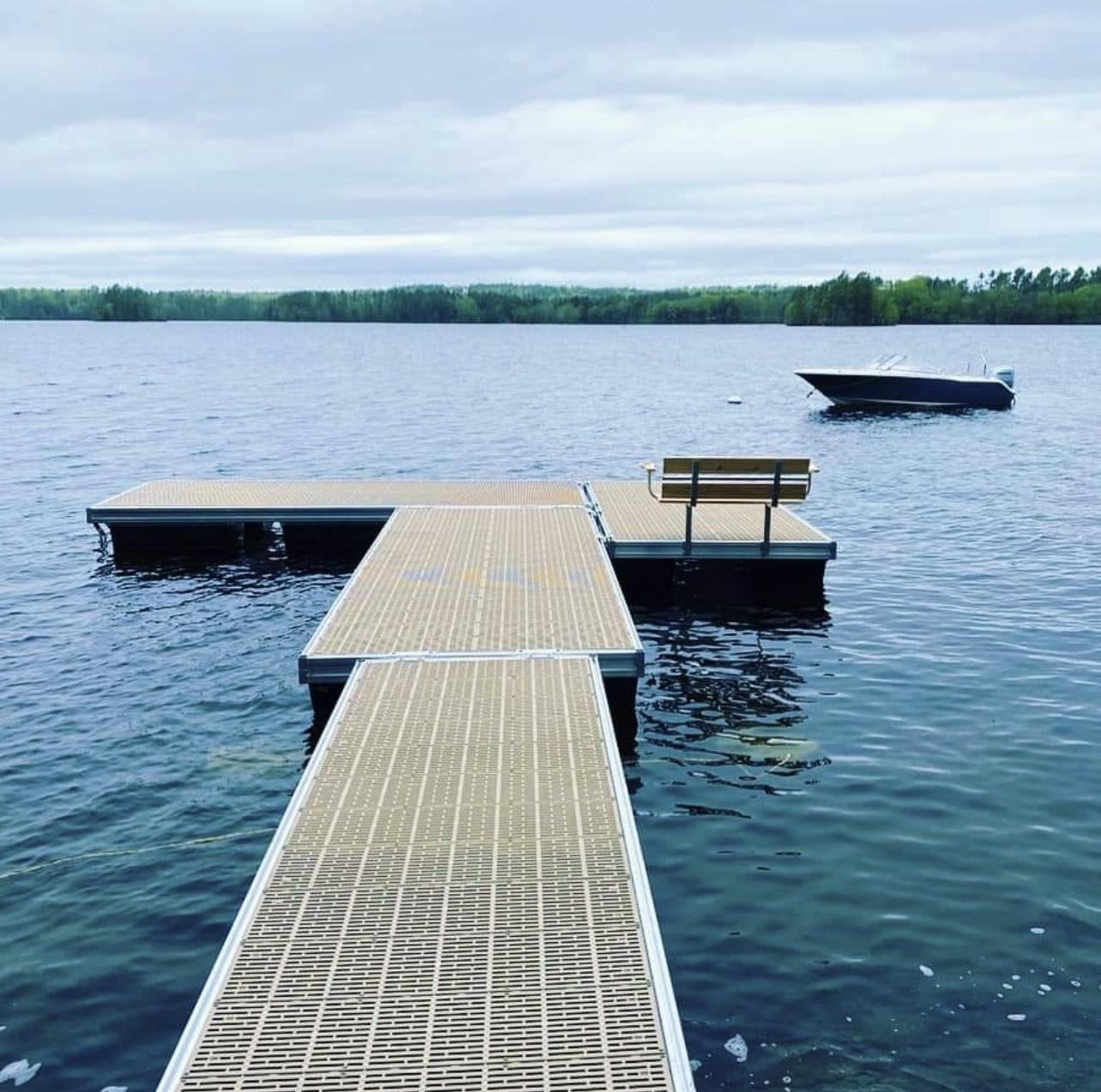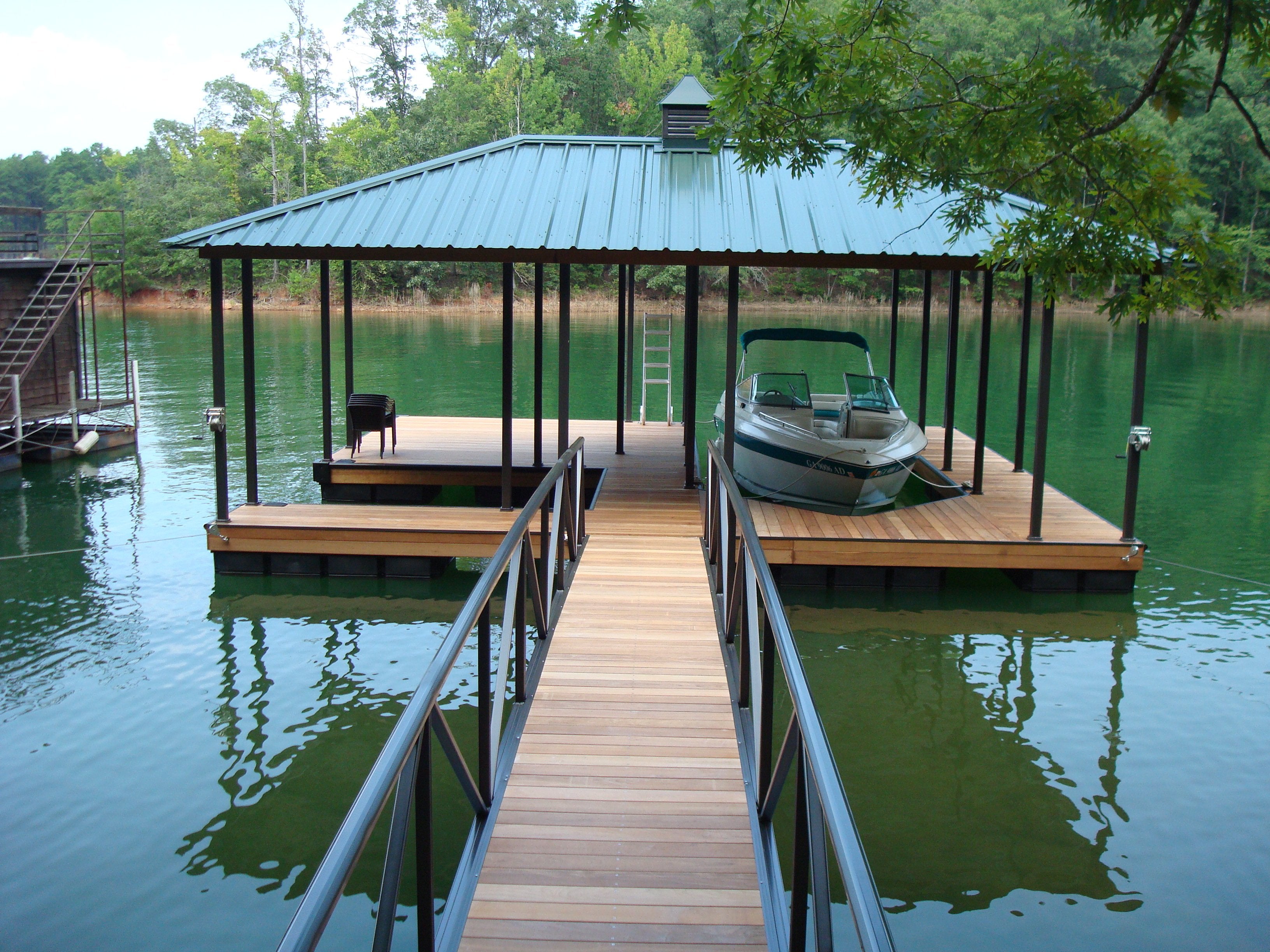Upgrade Your Waterfront With Durable Floating Docks
Updating your waterside with durable floating docks can significantly enhance both capability and visual appeals, providing a flexible solution for numerous water tasks. These frameworks are made to adapt to changing water degrees, ensuring safety and accessibility throughout the periods. With a variety of materials readily available, consisting of low-maintenance alternatives and traditional wood, choosing the right dock can enhance your personal design and meet sensible needs. Understanding the nuances of installment and upkeep is important for ensuring longevity and efficiency. When making this investment?, what elements should you take into consideration.
Advantages of Floating Docks
Floating docks offer a multitude of benefits that improve their charm for various maritime applications. Unlike typical fixed docks, floating docks surge and loss with the tide, guaranteeing regular availability for boats and boat regardless of environmental conditions.
In addition, floating docks are less complicated to move and install, providing adaptability for seasonal or temporary usage. Their modular style allows for customization to fit details requirements, whether for private marinas, residential beachfronts, or business applications.
In addition, floating docks develop marginal disturbance to the aquatic atmosphere, protecting regional communities and reducing the chance of erosion. They likewise supply improved safety and security and security for individuals, as their resilient nature offers a much more forgiving surface area than inflexible frameworks.
Additionally, floating docks can promote a varied series of activities, such as fishing, swimming, and leisure boating, making them a beneficial property for beachfront development. Their flexibility and functionality make floating docks a favored option for a selection of naval tasks.
Picking the Right Products
Picking appropriate products for floating docks is essential to their longevity, efficiency, and overall effectiveness. When choosing materials, consider aspects such as ecological direct exposure, upkeep demands, and structural stability. Usual products consist of timber, plastic, light weight aluminum, and composite options, each offering unique advantages and downsides.
Timber, while cosmetically pleasing, calls for normal maintenance to avoid rot and decay. Pressure-treated wood can boost resilience, but it might still catch water damages in time. Plastic floats, often made from high-density polyethylene, are immune to rust and require minimal maintenance, making them an eye-catching option for low-maintenance applications.
Aluminum is an additional feasible option, known for its toughness and lightweight residential properties. It is resistant to rust and can stand up to severe weather, although it may be more pricey than other products. Composite products integrate the most effective attributes of wood and plastic, supplying a durable and low-maintenance option that mimics the look of wood without the connected drawbacks.
Eventually, the choice of product should line up with the intended use, ecological considerations, and spending plan constraints, making certain a resilient and useful floating dock that satisfies your specific requirements.
Installment Process Introduction
The effective setup of a drifting dock relies on cautious preparation and execution, making sure that it runs effectively in its designated setting. The primary step entails assessing site conditions, including water deepness, shoreline attributes, and prevailing weather condition patterns, which will educate the dock design and anchoring system.
Complying with go now the site evaluation, the following phase is to prepare the floating dock elements. This consists of putting together the framework, protecting floats, and connecting any kind of required hardware. It is critical to ensure that all links are robust and waterproof to why not try these out hold up against marine conditions.
As soon as the dock is assembled, the setup procedure commences with positioning the dock in the water. This can involve a crane or various other training devices, particularly for bigger frameworks. Appropriate positioning is crucial for capability and safety and security.

Upkeep Tips for Longevity
Routine maintenance is necessary for guaranteeing the long life and optimal efficiency of a floating dock. To accomplish this, start with routine examinations at least two times a year, concentrating on the honesty of the dock's structure, including the flotation devices and linking equipment. Search for indicators of wear, deterioration, or damage, and resolve any problems without delay to avoid additional damage.
Cleaning is one more essential aspect of maintenance. Eliminate particles, algae, and barnacles from the dock's surface area to stop slippery conditions and keep visual allure. Use a soft brush and a light cleaning agent to avoid damaging the dock's materials.
Furthermore, make sure that the dock is effectively secured and safeguarded to withstand seasonal changes in water levels and weather condition problems. Inspect the anchoring system for security and make modifications as needed.
Enhancing Your Exterior Visual
To develop an aesthetically enticing exterior room, including a drifting dock can dramatically boost the total visual of your beachfront building. Floating docks are not just practical however can likewise function as a striking centerpiece that complements the natural environments - floating dock builder. Available in various products and layouts, these docks can be customized to match your home's building style and landscape
The enhancement of attractive aspects, such as incorporated lights or elegant railings, additionally boosts the dock's aesthetic allure. Think about utilizing all-natural timber finishes, which mix effortlessly with the setting, or going with modern products like light weight aluminum or composite decking that provide a sleek, contemporary appearance.
Purposefully positioning planters or seating locations on or around the dock can create welcoming areas that motivate leisure try this and satisfaction of waterfront views. In addition, including shades and appearances that harmonize with your landscape will certainly produce a cohesive aesthetic throughout your outside area.

Conclusion

Upgrading your beachfront with resilient floating docks can significantly improve both capability and aesthetic appeals, providing a versatile option for various water activities. Unlike standard set docks, floating docks increase and loss with the tide, guaranteeing constant access for boats and watercraft regardless of ecological problems.Selecting appropriate materials for floating docks is crucial to their long life, performance, and overall efficiency.When the dock is constructed, the installment process commences with positioning the dock in the water.In summary, floating docks offer many benefits, consisting of flexibility to water degree changes and a variety of material options.